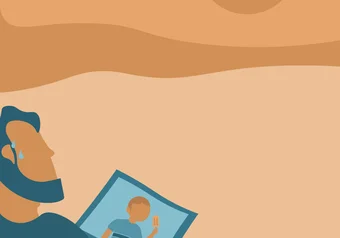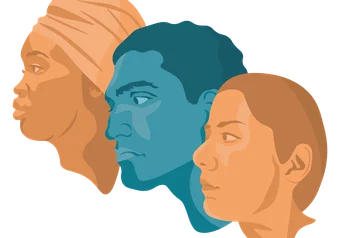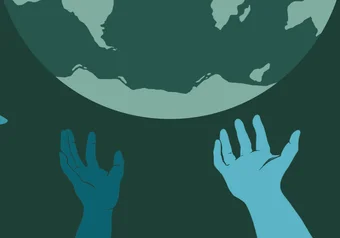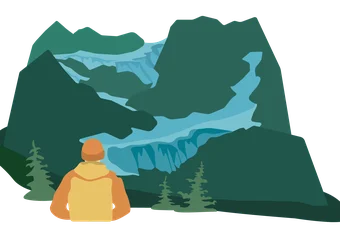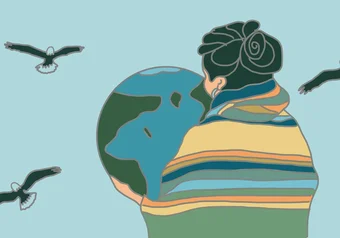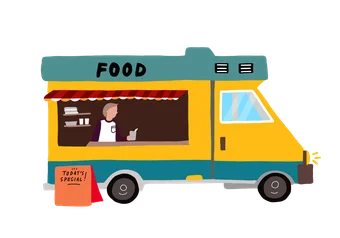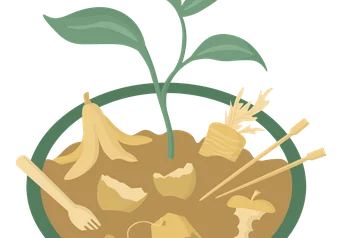metal straws clinking against ice cubes
Search the Archive
New Delhi, October 2018. I couldn’t breathe. I couldn’t move, couldn’t feel anything other than the weight of several bricks on my lungs.
“[Banning plastic straws] is something that places places the burden on disabled people, and also consumers rather than systemic problems in regards to environmentalism.”
Most of the popular discourse surrounding the climate crisis comes from the media giants and colonial interests whose we’ve always heard from, but do those conversations sound different from people of different marginalized groups?
UBC is home to the Norman B. Keevil Institute of Mining Engineering, a tight-knit Faculty of Applied Sciences department.
The climate crisis is the single largest threat facing our generation and yet, there are few specialized resources for helping you cope when you need it.
In British Columbia, changing climate conditions and rising average temperatures are threatening the existence of many of the province’s ski and snowboard areas by shortening their seasons and making snowmaking conditions tougher.
As a response to the changing climate, many soccer organizations are now training the referees on how to deal with the heat to protect the players.
Standing at over 2,700 metres, Mount Shuksan, located in Washington state, is touted as one of the most-photographed mountains in the US — but this photogenic fixture is under threat.
Although millions look up to Greta Thunberg as the face of the climate movement, she’s only bringing awareness to a longstanding concern. Indigenous peoples continue to advocate for the environment, despite often being overlooked by the media.
From makeup to menstrual products to skincare, it can be hard to find companies that make products with the environment in mind.
Minimizing the overall amount of animal products consumed, such as partaking in Veganuary or Meatless Monday, is much more beneficial than pointing fingers and doing nothing.
While much public attention has been given to the phasing out of single-use plastic at UBC, there are many other complex considerations and initiatives that go into building a sustainable campus food system.
Since 2004, UBC has hosted a closed-loop, in-vessel composting system on campus. This means, like "Hotel California," most organic waste generated at UBC can never really leave.
Kamaishi bore the brunt of the full force of the 2011 Tōhoku earthquake and tsunami, where almost all of the city was wiped out by 14-foot high waves and over 1,250 people were either killed or went missing.



